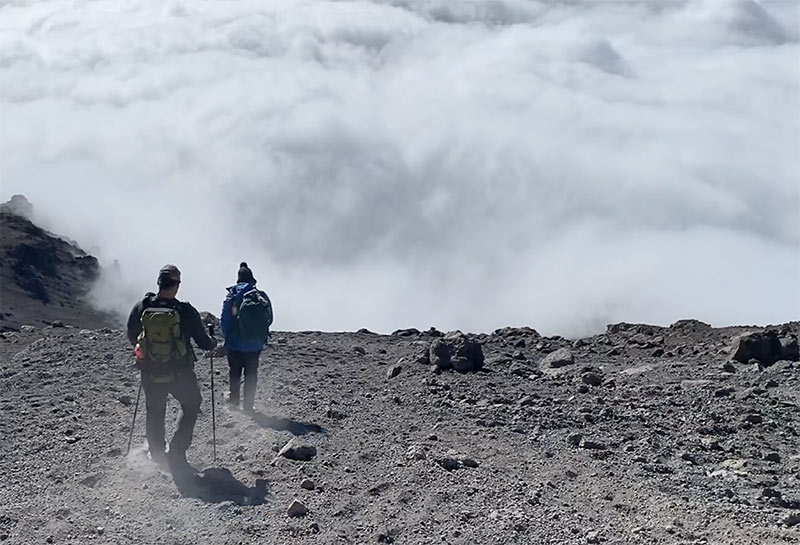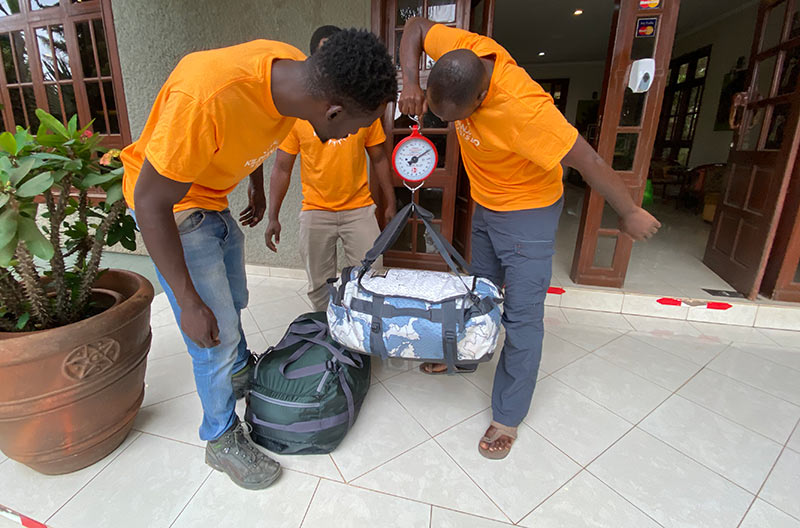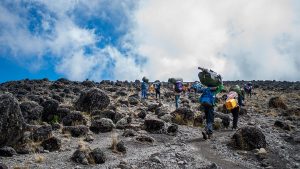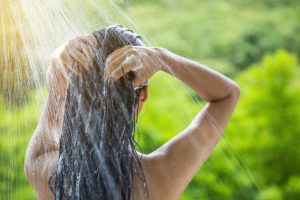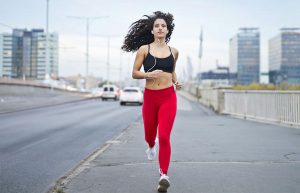Climbing Kilimanjaro is not easy, it takes preparation and training. In this article, we will focus on what we believe to be a complete list of items to bring for Kilimanjaro.
Once you arrive at your hotel in Arusha, we will give you a pre-climb trip briefing. At this briefing, we will cover your Kilimanjaro climb and the minimum gear you’ll need to do it. We will look at the gear you brought and also bring any gear that you rented from us. We will then give you tips on how to pack everything both in your day pack and your duffel bag for the porters. Once you have packed your duffel we will weigh it to make sure it is less than 33 pounds.
If you are missing any essential items we will take you to a rental shop before the mountain. Our guides have climbed Kilimanjaro many times, some more than 300 times. Listen to them and make sure you pack everything you need.
During your trek, you will encounter many different types of weather and a wide range of temperatures. The clothing layers you bring must be able to adapt to the changing environment. Below is our recommended gear list. You are required to bring all the necessary items for your climb. Note that some items may be rented from us on location and some are optional, but highly recommended.
Kilimanjaro Sunrise will provide your sleeping tent, sleeping pad, dining tent, tableware, food, and clean water. If you would like to have a private toilet tent, it can be rented. See here: https://youtu.be/cxZopwU1_8g
Let’s start with what to wear.
WHAT TO WEAR
CLOTHING
- A warm, waterproof outer shell jacket
- Insulating jacket—fleece or soft-shell. Fleece works better.
- Lightweight rain jacket
- 1-2 Long sleeve shirts. They should be moisture-wicking fabric, not cotton unless it is a blend of moisture-wicking and cotton. 100% cotton is not good trekking material since it does not dry well.
- 2-3 Short sleeve shirts, moisture-wicking fabric
- Waterproof/ windproof pants. This is for summit night to block the wind and possible rain and snow, and any other day it may rain.
- 1-2 Hiking pants/convertibles. Convertibles work better so you can zip off the legs. However, rolling up your pants works as well.
- Fleece pants. These might sound like much, but you’ll be really glad you have them at camp when it gets cold.
- Pair of shorts (optional). These are not really used. If you need shorts, a better choice is convertibles so you don’t have to carry the extra weight of a pair of shorts.
- Baselayers, moisture-wicking fabric. You can bring one or two pairs. One to sleep in when it’s cold and one for summit night. Sleeping in fleece also works.
- 3-4 Underwear, moisture-wicking fabric
- 2 Sports bras (women)
ACCESSORIES
- Pair of sunglasses
- Backpack cover, waterproof (optional). It really doesn’t rain enough to warrant a pack cover. Good daypacks like ones from Mountain Hardwear are usually water-resistant.
- Water bottle (Nalgene, 32 oz.) This makes it easier to take water to bed with you or to drink at meals. Bladders are more awkward.
- Water bladder (3 liters). Since you should drink at least 3 liters each day hiking, you should have a 3-liter bladder. Not a 1.5 or 2 liter.
- A pee bottle, to avoid leaving the tent at night. Make sure you label it so you don’t mix it up with your Nalgene.
- Stuff sacks, dry bags, or Ziploc bags, of various sizes, to keep gear dry and separate. Grocery sacks are illegal in Tanzania, but Ziplocs are acceptable.
HANDWEAR
- A pair of waterproof and windproof gloves. These can be trekking, ski, or snowboard gloves or mittens.
- Pair of gloves liners or lightweight gloves for cool days or to wear under your larger gloves.
HEADWEAR
- A cap or hat, for sun protection
- Beanie
- Balaclava/buff/shemagh to cover your face from the windy, dirt, sun, and cold.
FOOTWEAR
- A pair of hiking boots, warm, waterproof, broken-in. These can be hiking shoes with Goretex or without. Goretex is best for rainy days or through the snow.
- Gym shoe or hiking shoe to wear at camp (optional0.
- 4-5 Socks, wool, or synthetic
- 1 pair of gaiters, (optional), you’ll not need these if you have waterproof pants and high cut Goretex boots.
- Camp Slippers (optional). We highly recommend camp slippers that are warm and have hiking treads on them to walk around camp.
TECHNICAL EQUIPMENT
- Sleeping bag, at least 0° F. We rent sleeping bags that are good down to -15° F.
- Set of trekking poles, collapsable. We highly recommend trekking poles to use especially on the downhill once you are tired after the summit. We rent these as well.
- Headlamp with extra batteries
- Duffel Bag, 70-90L, for porters to carry your gear
- Day pack, 30-35L, for you to carry personal gear
ADDITIONAL ITEMS
- Toiletries
- Prescriptions – Malaria tablets (optional), Diamox (optional). Diamox may make you susceptible to sunburn, but we recommend it for the extreme altitude. Talk to your doctor first.
- Sunscreen
- Lip Balm
- Insect Repellent
- First Aid Kit
- Painkillers (optional)
- Blister kit (optional)
- Anti-diarrhea tablets (optional)
- Hand Sanitizer
- Toilet Paper
- Wet Wipes (recommended)
- Snacks, lightweight, high calorie (optional)
- Electrolytes, powder, or tablets (optional)
- Camera, with extra batteries (optional)
- Hand warmers (optional). Hand warmers work with oxygen, since there is less oxygen at a higher elevation, they do not work consistently.
PAPERWORK
- Immunization Papers
- Trip Receipt
- Passport
- Visa (available to JRO)
- Insurance Documents
Final Thoughts
This article was written by a male, ultralight backpacker. Some items are optional and you may want to bring extra socks, underwear, etc. We usually just wear one shirt and a pair of pants for the entire trip. So with that in mind, and with weight to consider, choose your items carefully.
We hope this list helps you pack your items for Kilimanjaro. We want your trip to be as pleasant as possible and will make sure we do everything we can to make that happen.
Further Reading



